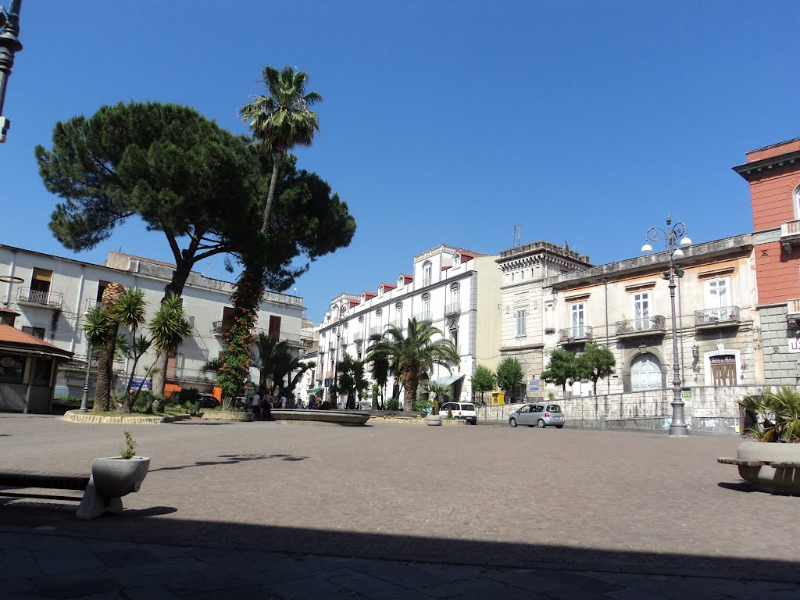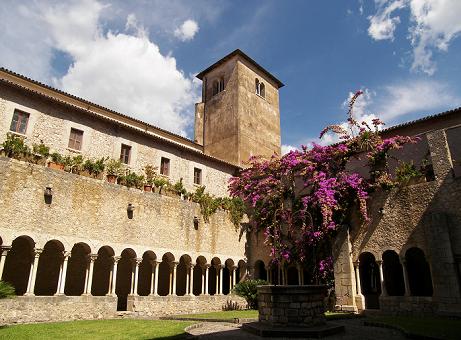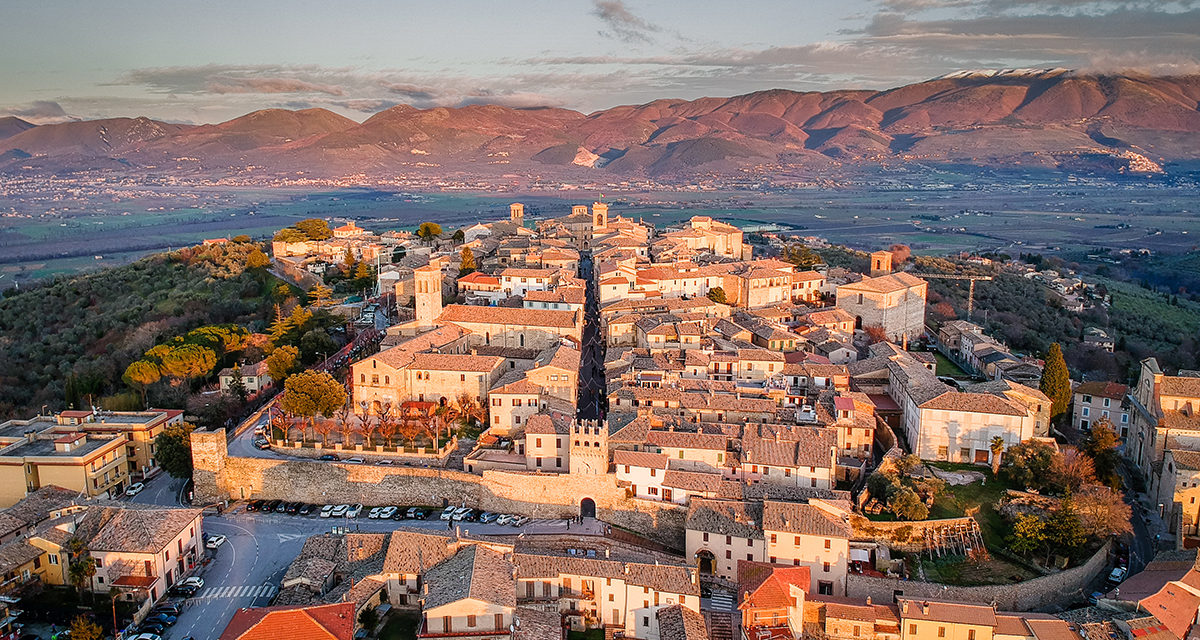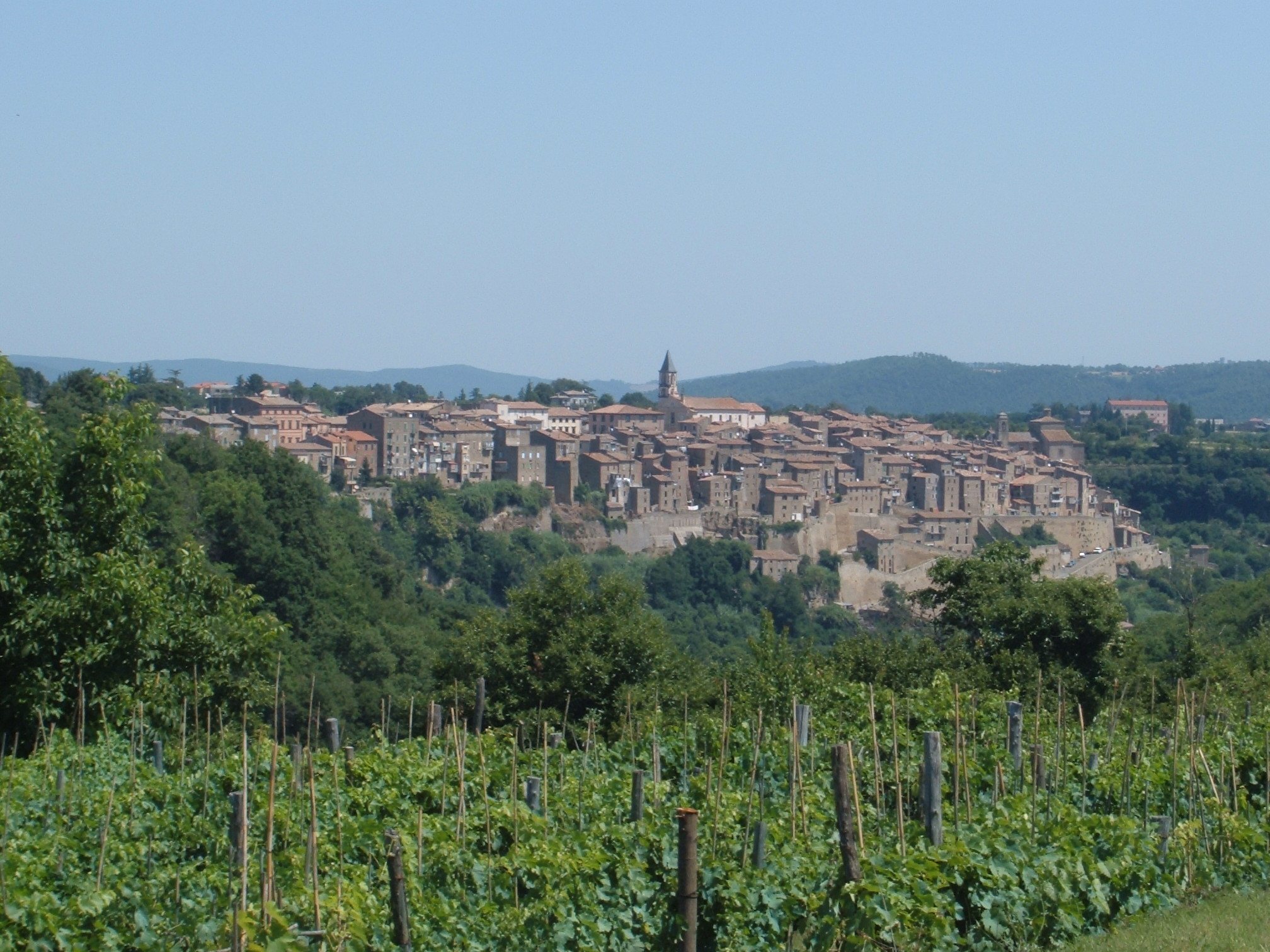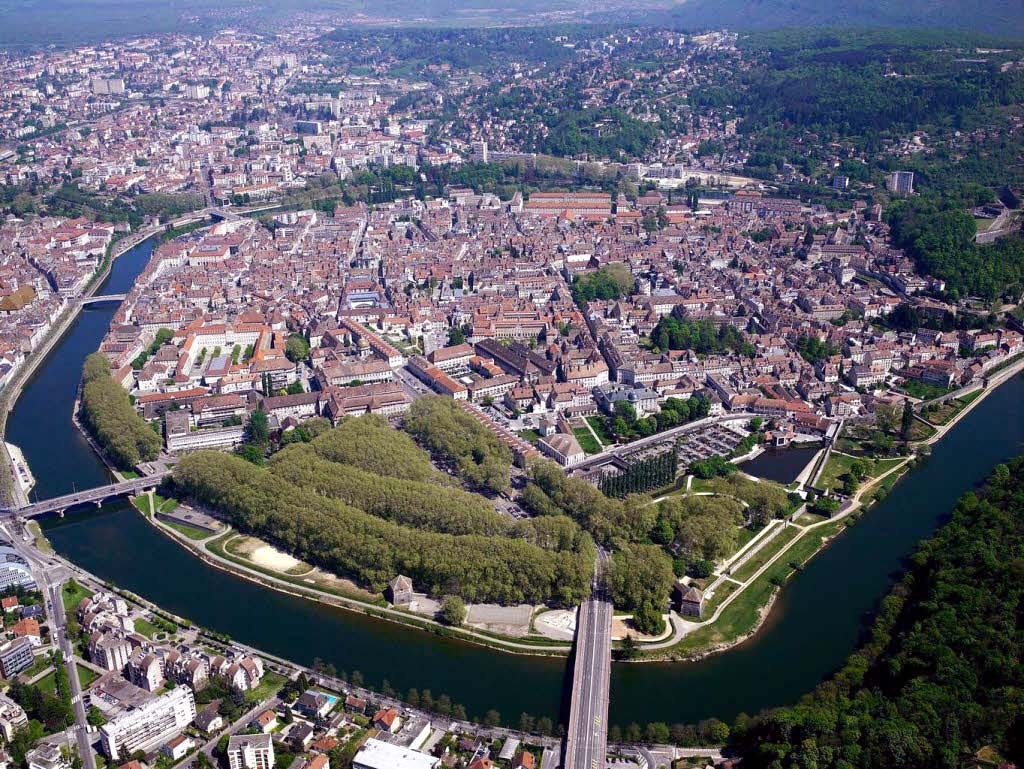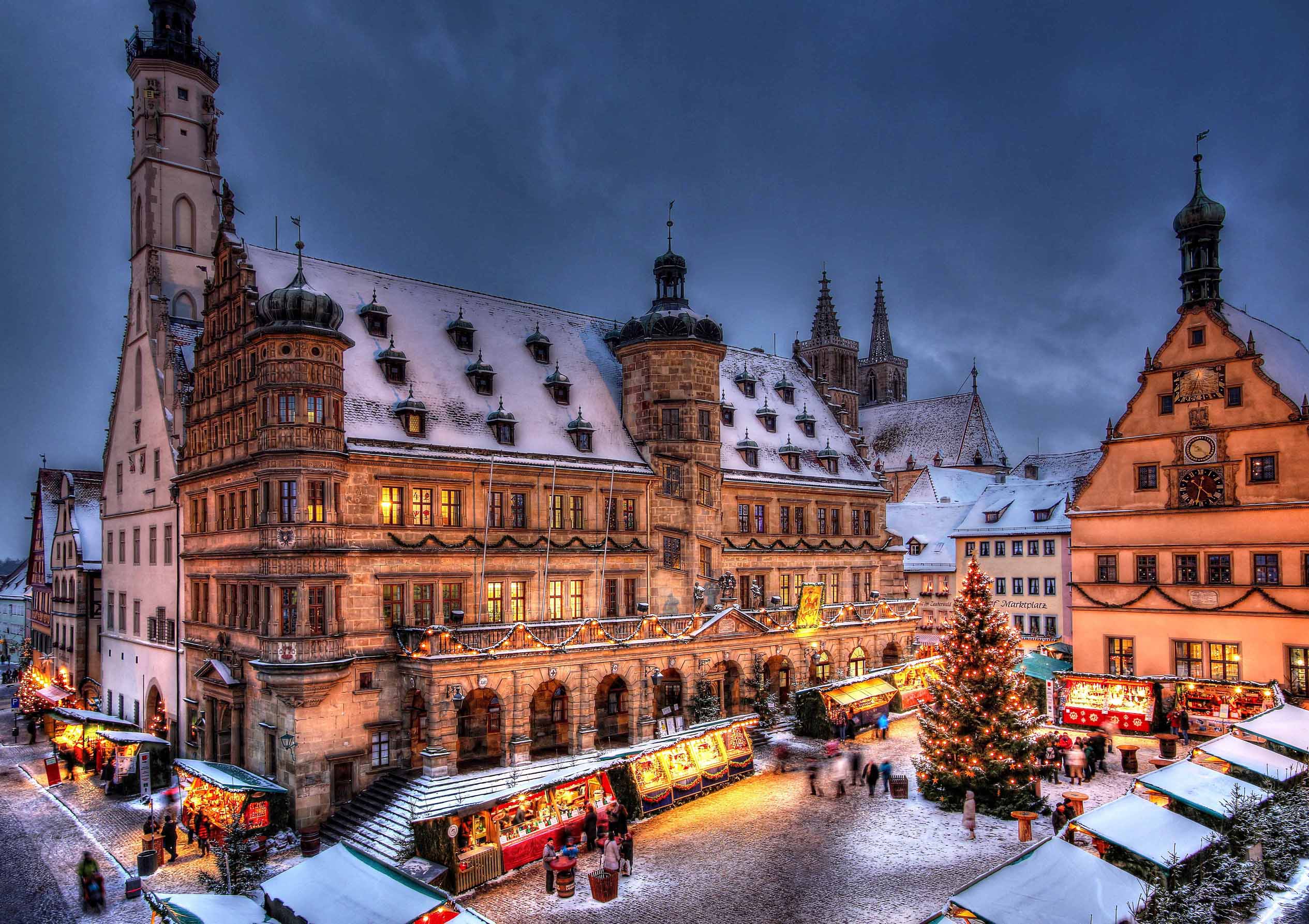Palma Campania is a charming town about 30 km from Naples, located at the foot of Mount S. Angelo, happily positioned with respect to the regional center of gravity: it is in fact very close to Avellino, Caserta and Salerno.
Once stood TEGLANUM, buried by the Vesuvian eruption of 79 AD. Since the prehistoric age the area has been inhabited by ancient populations devoted to agriculture and sheep farming. According to some scholars, after disastrous eruptions, perhaps in 512 A.D., many took refuge in the hills and founded a village that they called Palma, from the green hillside of palm trees. An important historical reference in "Nola Sagra" by Carlo Guadagni: "Palma founded or at least inhabited for its particular pleasure by that Roman consul called Palma…..101-11 AD" (Gloreani in Appendix to Titi Livii, 1553).
The oldest historical document, in which is mentioned the country dates back to the year 997 and is kept in the State Archives. In 1025 in Palma there was even a notary. Since the Middle Ages the history of Palma is strictly linked to the events of illustrious families: Di Palma, Orsini, Della Tolfa, Pignatelli, Di Bologna, Caracciolo, Salluzzo, Compagna.
The ancient name "Palma di Nola" in 1863 with R.D. of July 26th is changed in Palma Campania. Testimonies of notable interest are the archaeological recoveries of prehistoric age (Ancient Bronze-1850 B.C. dated from the French archaeologist Claude Albore Livadie, recently insignita of the honorary citizenship from the mayor De Luca) and of Roman age: the finds are today exposed in the Archaeological Museum of Naples and in the Antiquarium Stabiano. In the locality Torone (Tirone) have come to light remains of the Augustan Aqueduct.
A wonderful avenue of plane trees connects the railway station with the historical center.
A few steps from Piazza De Martino, the center of city life, the palace "Aragonese" residence of King Alfonso of Aragon and his descendants for hunting falcons in the Plain of Palma.
The ancient urban area, clinging to the hill, still retains several reasons of historical interest: architectural and decorative aspects of the past centuries, a wide use of Vesuvian stone (avenues, steps, portals) raised gardens scented with flowers and citrus fruits, dozens of shrines.
In Via Municipio the Church of the Body of Christ and of the SS. Rosario (sec.XVI). At the end of the 19th century, in Via San Felice, by the will of Comm. Luigi Carrella, the Church "Mater Dei" was erected. In largo Parrocchia the Church of San Michele Arcangelo (where San Biagio, protector of Palma for centuries, is worshipped) and the Congregations of the Immacolata and of San Maria della Purità; part of the monumental complex dates back to the Middle Ages.
Higher up, the hamlet of Vico: the road climbs gently to the Church of San Martino (9th century) and then continues to the church and the convent of Santa Croce al Casale (14th-16th century), then to the hamlet of Castello di Palma and the Trabucchi pinewood (altitude 700 meters). The ancient walls of an Oscan castle, the village, the Church of San Giovanni Battista (XIV century), the woods, an unpolluted environment, are certainly an unusual and suggestive tourist itinerary.
